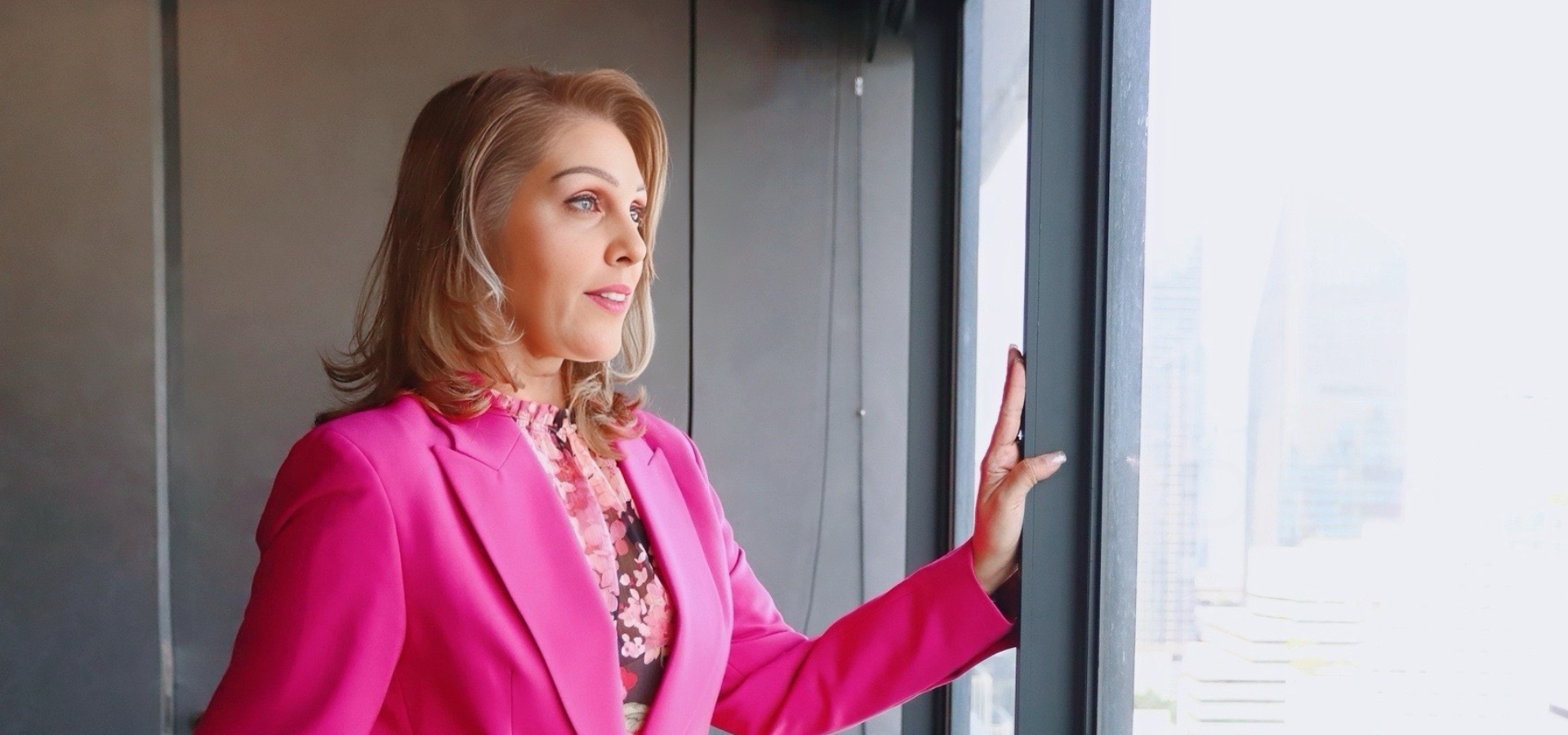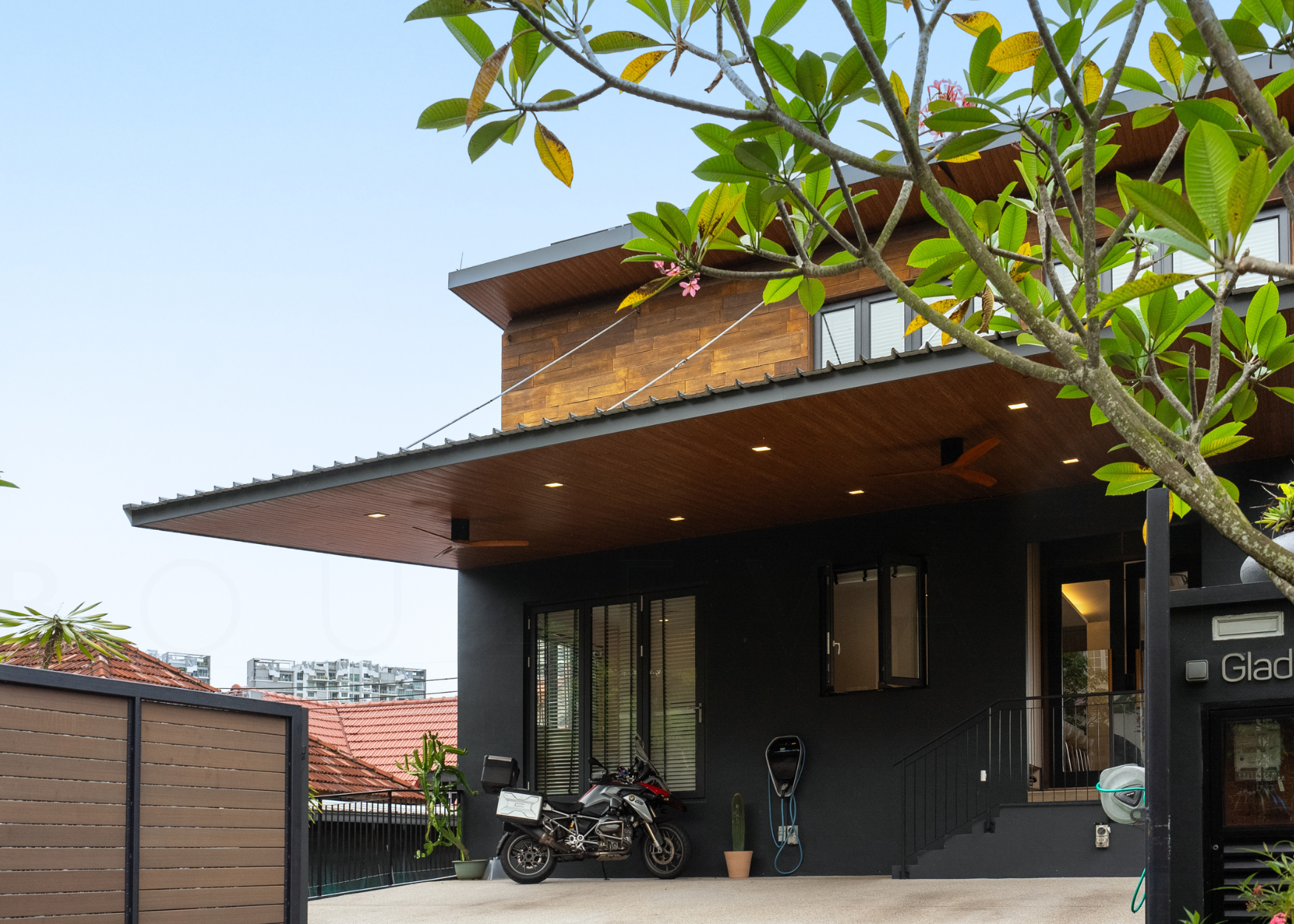The Interview: Chiranya “Anjie” Prachaseri, CEO of Cryoviva, on the research, ethics, and potential of stem cell therapy
by Karishma Tulsidas
That the wellness industry has boomed—especially post-Covid—is no secret. The adage “health is wealth” might be clichéd, but the rise of cold plunges, cryotherapy, infrared saunas and social wellness clubs shows that the US$1.8 trillion global industry is just getting started.
At the heart of this is the desire to increase not just lifespan, but healthspan—through a blend of science-backed techniques and traditional methods.
One area gaining serious traction is stem cell therapy. While it’s long been used to repair damaged tissues and cells, a newer focus is on its potential rejuvenative powers—particularly in renewing or healing ageing cells.
But it’s not that straightforward. Research is ongoing, and most treatments remain experimental. In Singapore, for instance, stem cells are currently only approved for use in specific cases, such as cancer and bone marrow transplants.
To understand the landscape better, we speak to Chiranya “Anjie” Prachaseri, CEO for Southeast Asia of Cryoviva. The Thai-based stem cell bank has, over the past decade, grown into one of the most respected names in the region—known for its meticulous storage protocols and a deep commitment to R&D and innovation.
Boulevard: Can you tell us more about Cryoviva, and what your ambition was when you first started?
Chiranya “Anjie” Prachaseri: Cryoviva Thailand was founded in 2007. It started off as a social initiative by Mrs Suchitra Lohia, the Executive Director of Indorama Ventures, and Mrs Dhara Jaipuria, the spouse of Mr. Ravikant Jaipuria, the promoters of RJ Corp in India, which is the largest bottler of Pepsi outside the US.
Our first network bank opened in India in 2015, and then we expanded to Thailand, Singapore, and Vietnam. We currently provide collection services in over 20 countries.
Currently, the activities in each country are slightly different, but the main activity is stem cell banking. Thailand is a bit more diverse—because in addition to banking stem cells from cord blood, we also bank from cord tissue. We bank from human fat, called adipose, and from the bloodstream, which is called peripheral blood stem cells.
We want to give everybody that access because we truly believe that stem cells will become a major factor in medical treatments in the future. The more people who have access to their own bank of cells, the better. Moreover, finding matches will also be difficult due to more mixed marriages today. Your HLA combination, your DNA composition—everything is very different for each person. And to get a match, especially for blood-related cells, will be extremely difficult.
There are treatments now approved globally, and some under trial. But there are many countries already administering treatments based on a patient’s right to have that treatment—based on a joint decision with their physician. Today, the business has reached a stage where it’s very exciting.
“We want to give everybody that opportunity because we truly believe that stem cells will become a major factor in medical treatment in the future.”
What I think is also a good indication is that when I joined the business 16 years ago, there weren’t really many big pharma companies actively involved in stem cells or biotechnology. But if you look at the number of mergers and acquisitions done by big pharma and biotech companies in the last 10 years, it’s staggering. Rather than doing the research themselves, they are buying up the technology as and when it’s coming into the picture.
Blvd: And what kind of potential opportunities are these big pharma firms looking at?
Prachaseri: They’re basically looking at researchers or smaller companies or startups that have been doing research, have done clinical trials or about to begin or already in human trials—because then the timeline for going to market is relatively predictable. You’re looking at three to five years, or a maximum of eight years, until it becomes a globally approved standard treatment. But at the rate that it’s been moving, I think it will move much faster.
Also, I predict that as we see the patents of a lot of drugs expiring, stem cell treatments will become more acceptable, because it is a natural source, and definitely with fewer side effects than a lot of the drugs out there. With stem cells, as long as they’re processed correctly, safely, and the treatment is administered by experienced physicians using approved protocols, the safety level should be relatively high.
People may have some minor side effects. In sixteen years, I’ve seen some cases of high fever, some shivering and some rashes, acute cases such as anaphylaxis are quite rare.
Blvd: A couple of articles—including one in The Washington Post—reported that stem cell trials on animals resulted in tumours and even death. Can you shed some light on that?
Prachaseri: Stem cells is a very general term. There are all types of cells. The cells we are talking about are what we consider adult cells—basically those taken when a child is born or extracted directly from an adult human body. The cells associated with such medical issues are not cells that are coming out of a body or blood and then being extracted naturally and reintroduced— they are cells that have gone through very complicated processes. Whenthere is manipulation, that’s a possible danger. Even in the cord tissue or fat cells that are processed, there is a danger of cancer and tumours—but those dangers pop up when the culture or expansion process is taken too far. The production process is crucial. Many labs multiply beyond what has proven to be safe, and that’s when problems tend to arise.
From the beginning, our mindset at Cryoviva has always been clear – safety first. Our tagline is, ‘We’re a bank of life,’ and we truly mean it. We want to be a reliable lifeline for our patients, for the long term. If they ever come back to us in need, we want to be able to ensure we have done our part in providing safe cells so that the treatment goes exactly as it should.
“Our tagline is, ‘We’re a bank for life,’ and we truly mean it. We want to be a reliable lifeline for our patients, for the long term.”
Blvd: Today, with wellness and health becoming a focus for many people, they’re not just looking at preventive care—they’re looking at preemptive care. Can you tell us more?
Prachaseri: Genetic testing is available from birth onwards, giving an indication of what disease one may eventually develop and you can plan with the possibility—and you can take steps now. Stem cells are being used for general wellness. Infusions are being done with the objective to repair and rejuvenate.
However, in deciding on undergoing stem cell treatment, you need to understand the experience of the physician. A doctor who’s done a stem cell treatment for joints and bones may not be the right person to do a treatment for other conditions. The doctor needs experience, and needs to understand the medical background of the patient to do things right. The medical facility should also be equipped for emergencies which could occur, as with any other medical procedure.
Treatments are being conducted legally and being monitored in a number of countries. For instance, in Japan, they have a totally different track in terms of regulations for conventional medical care and for regenerative medicine which covers stem cell treatments. You have to apply for permission with the relevant authorities and report the protocol for the treatment, how the patient is cared for, how they’re tracked, and so on.
Is it exciting? Is there potential? Do I believe stem cell treatments could help improve the whole public health system in the long run? I do believe that. We are also exploring the possibilities and there is an active discussion on the topic in Thailand.
“In Japan, they have a totally different track in terms of regulations for conventional medical care and for regenerative medicine which covers stem cell treatments.”
Thailand and Singapore have a lot of similar issues. For instance, we have a rapidly ageing population. Birth rates are down—and this is a global trend. People are living longer, so they need to be healthy. We want to explore how stem cells could be used as a part of the public health system in a way that is structured, safe and medically acceptable.
Just like we do blood transfusions and blood donations, stem cell donations are possible. But we need a tracking system. We need to monitor safety issues and so forth. I think in five or ten years, the landscape will completely change.
Ten years ago, people were talking about animal cells and going to Switzerland and Germany for vitality. We don’t need to go that far anymore. We don’t need to use animal cells, we can actually use our own cells today.
Anything new takes time to be accepted. And with stem cells, it’s taken long enough—and there are very good, proven cases where it’s helped improve quality of life.
Blvd: Can you tell us more about the process of using stem cells for longevity and healthspan?
Prachaseri: Stem cells are basically like homing devices. When they enter your body, they go to the areas that need repair. As you repair, in essence, you’re also delaying ageing.
For those who are considering disease treatment with stem cells, it is advisable to explore only for those conditions that have some data or track record of success with stem cells —where clinical trials have progressed to a point that one can be comfortable with the results. We have to keep in mind that when stem cells enter the body to repair and rejuvenate, they don’t only repair ageing cells—they repair all your cells.
“We have to keep in mind that when stem cells enter the body to repair and rejuvenate, they don’t only repair ageing cells—they repair all your cells.”
So if you haven’t done a medical check, if you’re not attuned to health conditions in your family—like cancer—it is very important to get all the checks done to determine your actual health condition, and what your body really needs.
Read next:






